Before you even have a chance to pull your hair out, you may already notice hair loss after your new baby has arrived. With limited sleep and the task of navigating motherhood, you’re already stressed enough: you shouldn’t have to worry about pregnancy hair loss, too. Here’s what’s going on with your hair, and why you don’t need to worry:
Hair Loss During Pregnancy
While you were pregnant, your body was certainly going through some changes, including hormone levels, vitamin deficiencies, blood pressure, and swelling. For the most part, this over-production in certain hormone levels will encourage your hair growth, leading to fuller, healthier locks. Of course, what goes up must come down: you’ll lose a lot of that new growth during the first five to six months after pregnancy. Although the name post-partum hair loss is scary, don’t panic: you aren’t actually losing hair:
- At any given time, only 90% of your hair is actually growing. The other 10% is during a rest phase, during which it will begin to fall out to make room for new, healthy hair to grow. On average, pregnancy notwithstanding, you lose about 100 hairs per day; you just don’t realize it since it isn’t all at once.
- During pregnancy, estrogen prolongs the growing stage, causing your hair to grow for a longer period and cutting back on the hair that you lose. Post-pregnancy, your hair is slowly returning to normal levels, causing the extra hair growth to fall out. According to celebrity hairstylist Richard Ward, interviewed by the experts at Mybaba.com, the more dramatic the change during pregnancy, the more dramatic the change afterward.
- Breastfeeding may prolong the shedding of your new hair growth, but it doesn’t prevent it from happening. Regardless, your hair should return to normal within a year after giving birth—so you don’t need to panic about buying a wig.
If you aren’t experiencing hair loss, consider yourself fortunate: according to urpregnancy.com, only about half of all pregnant women experience post-partum hair loss. However, if you’re experiencing extreme hair loss during or following pregnancy, it may be more than just a little extra hormones. Talk to your doctor to see if it could be one of the following:
- Discontinuation of birth control method
- Hormonal imbalance
- Vitamin deficiency
- Thyroid problems
As always, talk to your doctor if you have questions regarding the effect hair loss may have on your health. If you have yet to experience hair regrowth or are beginning to notice thinning hair, you may want to talk to us about hair transplantation. Whatever the problem is, we can help you solve it—so set up an appointment today!

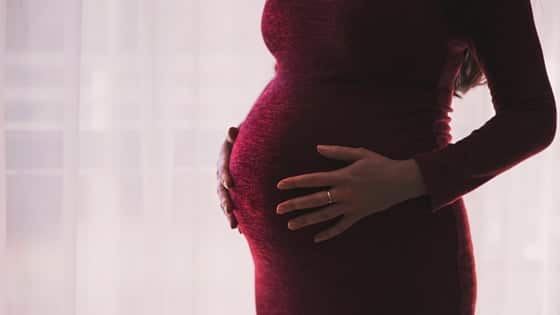


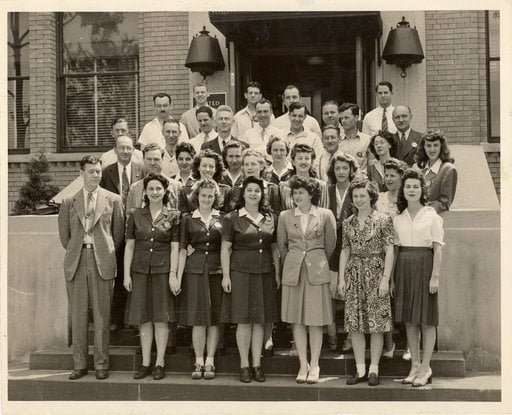

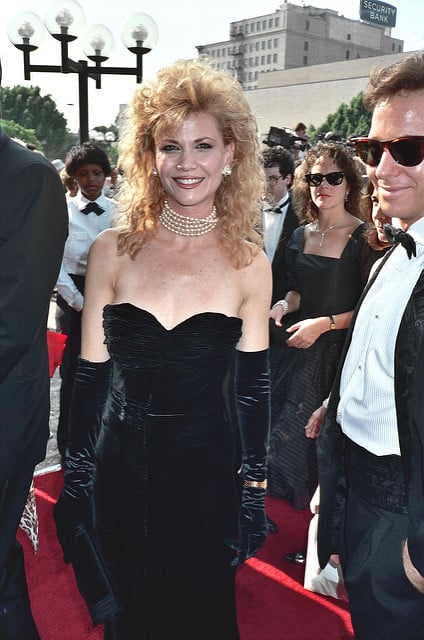
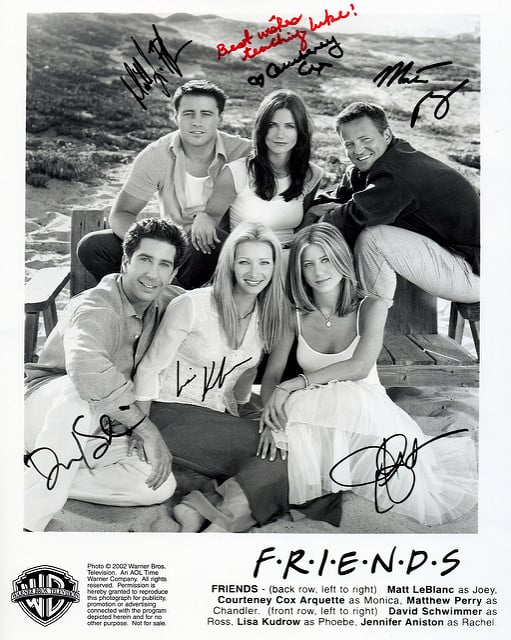


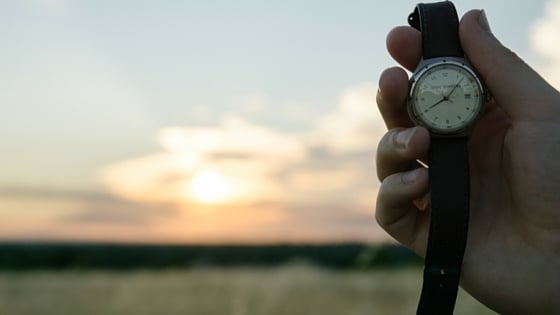
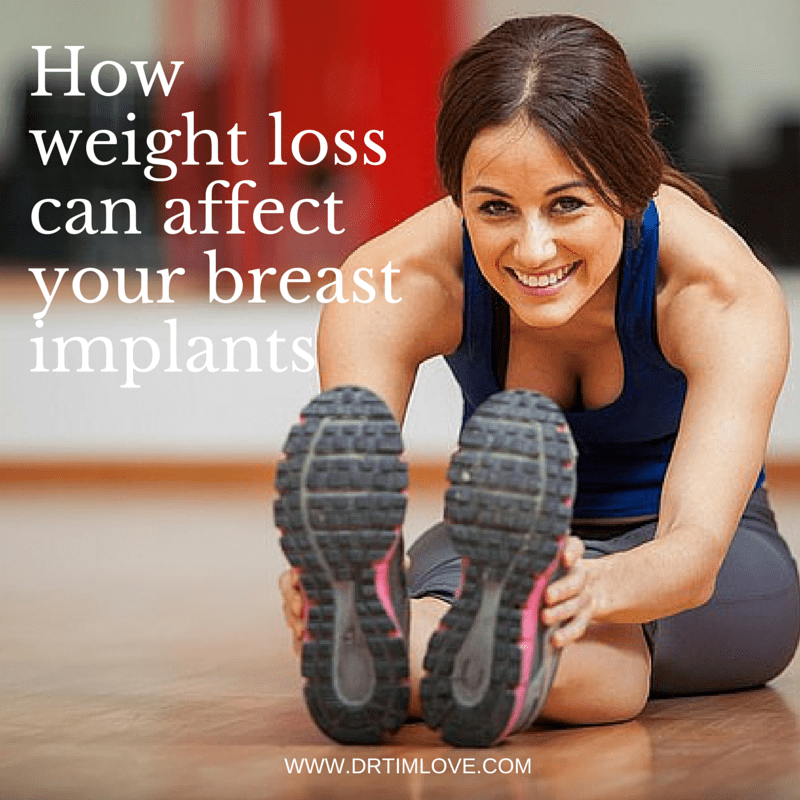
 Many women get a
Many women get a